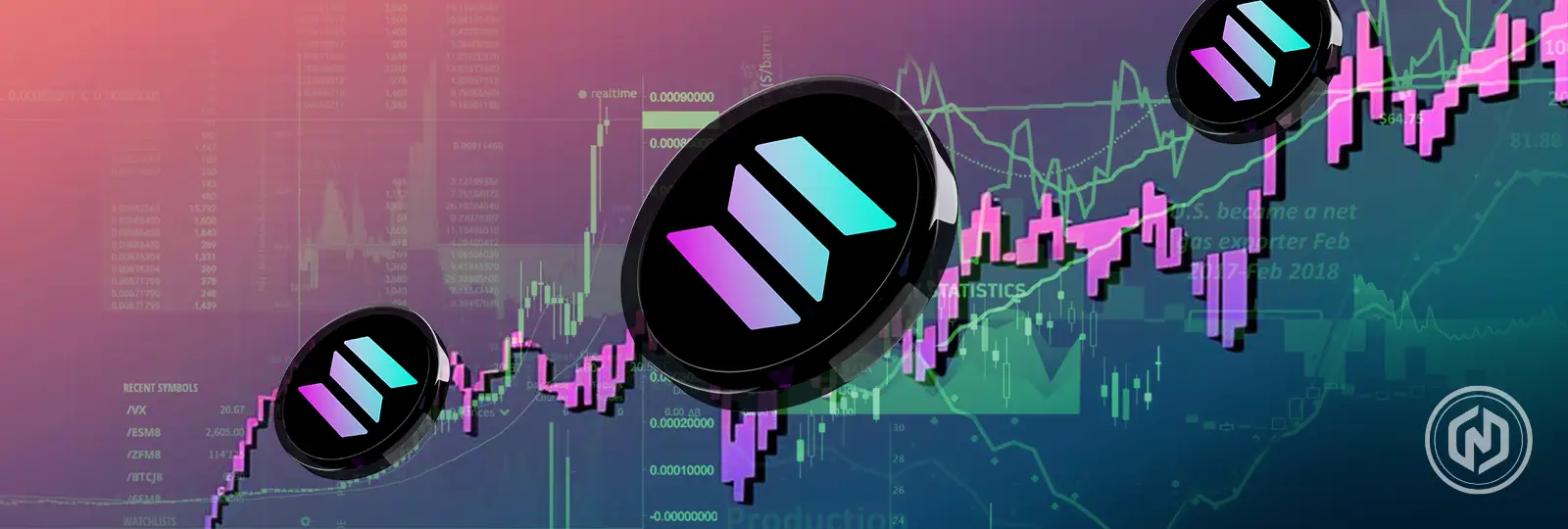Solana (SOL), one of the most widely recognized blockchains in the world, just reached a new all-time record high of $260. Fillings for Solana’s crypto-related products increase the token price.
Several companies, including Bitwise, VanEck, 21Shares, and Canary Capital, have proposed the spot exchange-traded fund (ETF) with the Securities and Exchange Commission (SEC).
This was after the commission approved Bitcoin and Ethereum spot ETF earlier this year. Bitcoin even had trading options from BlackRock and Grayscale, pushing the price up to $99k.
Following those fillings, Price spiked by 11.12% in a day to $260 as per the Solana price prediction . The token price skyrocketed to 383% in the last year, positioning it to the 3rd rank by market capitalization of Tether (USDT) with $130 billion.
The token market capitalization increased to $124 billion, and trading volume increased to $11.3 billion or rose to 75% in just a day. The price keeps going up to $262 at the time of writing.
Solana’s total value locked (TVL) has risen 3.17% in a day and stands at $8.74 billion, while the TVL number has spiked significantly over the past year with only $353 million in October 2023, according to Nov. 22 from DefiLlama.
All the top decentralized finance ranks under blockchain have moved up, ranging from 3.90% to $11.50% daily. Binance staked SOL, or BNSOL, even jumped into three digits, equal to 333% in a month.
Solana ETF update
Solana ETF in the United States may appear in the stock market next year, but the market is already confident with the approval. Bitwise was already filling the S-1 documents following the three other ETF issuers, including VanEck, 21Shares, and Canary Capital.
Although the status of these fillings may not be decided due to Gery Gensler’s leadership in the commission, the industry has noted changes after Trump won the election.
Gensler also resigned on November 21 before Trump’s government started on January 20, 2025. His resignation might boost the cryptocurrency price in the future as the newly formed administration wanted to be friendlier and more adaptive regarding digital asset development.

